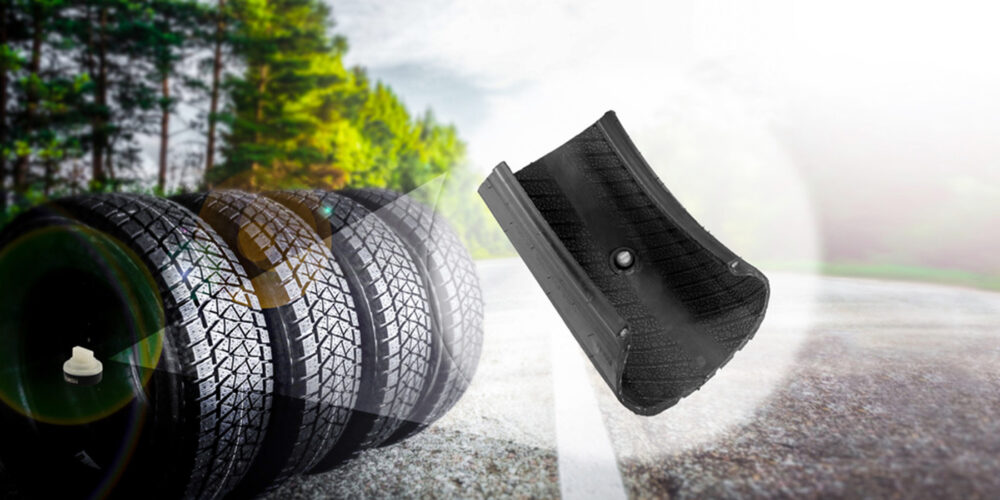You have standard operating procedures (SOPs) for tire repair, wheel alignment and tire rotations. Why? Because you are smart! Having SOPs in place that are consistently followed are crucial to making sure even the smallest steps for vehicle service are not skipped. This ensures all safety measures are taken into consideration, and overall, it helps to guarantee that your customers receive impeccable service.
In the June issue, I introduced the idea of TPMS SOPs to help optimize your marketing approach when working with customers. Now, let’s explore the concept in more technical detail. After all, if you have SOPs for other work you do, why not have one for a crucial safety system service like TPMS?
TPMS can be a huge profit builder when properly managed, but it needs to be understood and serviced properly every single time. Ultimately, a standard operating procedure for TPMS will give you two things: protection from being liable for pre-existing damage, and it will help diagnose vehicle issues quicker, saving time and money.
So what should a TPMS standard operating procedure look like? First, Schrader Performance Sensors recommends walking the customer out to the parking lot. Once the vehicle is in the shop, you can be held accountable for damages. That is when the whole “it wasn’t broke when I brought it here” tends to come into play. Customer engagement is very important. Walking out to the parking lot with the customer speaks volumes and gives you the opportunity to show them issues before the vehicle is in the shop. This establishes trust and makes selling TPMS service much easier than having to explain later.
MORE: Take a look at Tire Review’s October 2018 Digital Edition
Then, simply follow these five steps:
1. Check for the Light
The TPMS indicator light should illuminate on the dashboard during start-up.
- If the light appears and then disappears, the system is operational.
- If the “u” stays on and is solid, this indicates that one or more tires are at least 25% below the recommended placard pressure. Adding air to meet the recommended placard pressure will fix this issue.
- If the light is flashing, this indicates there is a system malfunction. The light will flash for 30 to 90 seconds, then remain solid. In most cases, a flashing light indicates a dead sensor battery, missing sensor, broken sensor or that an incorrect sensor was installed for the vehicle type.
2. Inspect the Valve Cap
A missing or improper valve cap can lead to an avoidable situation where the valve stem becomes corroded and bonds to the valve core, and therefore, cannot be removed. When this happens, the TPMS valve must be replaced to prevent failure and rapid deflation. This is one of the most overlooked items in the wheel and tire segment!
More from Jacki Lutz
3 Steps for Turning TPMS into a Profit Center for your Business
4 Step Checklist for Achieveing TPMS Compliance
Tips for Talking TPMS with a Reluctant Customer
3. Check the TPMS Sensors
Using a specialized TPMS scan tool, each installed sensor should be tested through the sidewall of the tire. A flashing indicator light may have already signaled that there is a faulty sensor; this test confirms that alert. Using this tool will also indicate which tire is actually low. If the vehicle has a tire rotation and did not relearn the system, the vehicle may indicate that the LF tire is low when the RR tire is actually low. Using the TPMS tool will identify the correct tire.
4. Access the Vehicle Computer
Some vehicles allow direct access through an onboard diagnostics (OBD) port. A scan tool is used to check for any diagnostic trouble codes (DTCs) related to the vehicle’s TPMS system. These DTCs provide a sensor history and assist in identifying system faults.
5. Review the Audit Report
After service on the vehicle is completed, a printout of a detailed “health check” should be provided. This report shows the status of the TPMS system. Notes should also be included on a physical inspection and service recommendations.
Completing this SOP with every TPMS service will give you a detailed report to bring back to the customer, identifying exactly what the issue is and getting permission to fix it. You never touched the vehicle, keeping you from pre-existing liabilities and you are able to move forward knowing exactly what needs repair. Consistent practice will save time and help you return maximum profit in your TPMS category. TR
Jacki Lutz is the Global Head of Communications, Training and E-Commerce for Schrader TPMS Solutions, a global leader in TPMS. She is a TIA ATS instructor and serves on a variety of industry boards.













